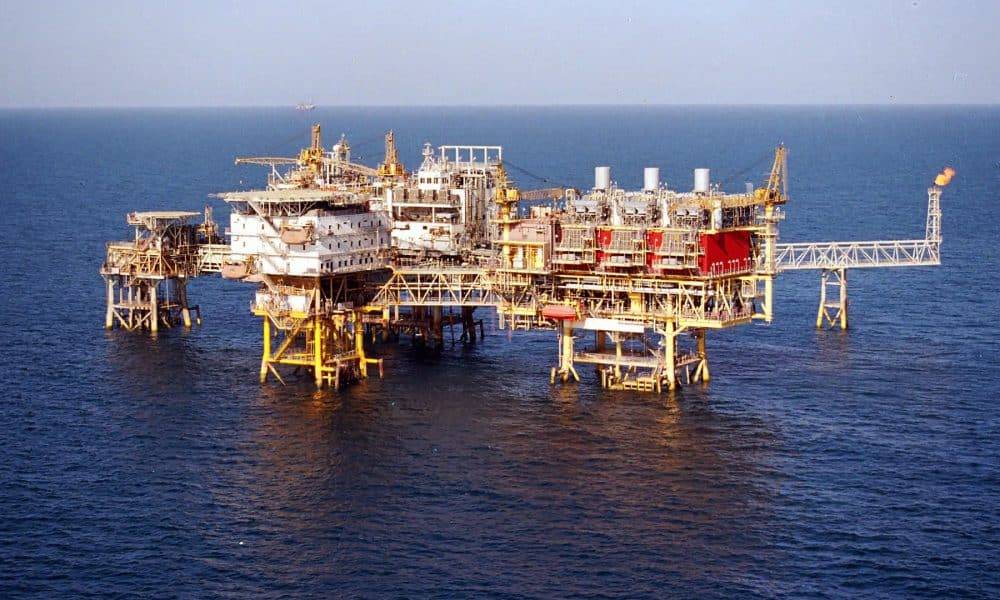The global oil and gas industry is characterized by its inherent volatility, with prices subject to a myriad of factors that range from geopolitical tensions to market demand and supply dynamics. The historical trajectory of oil and gas prices reflects a complex interplay of economic, political, and environmental forces. In this article, we explore the multifaceted journey of oil and gas prices over time, highlighting key trends, events, and their impacts on the global economy.
The Early Years
In the early 20th century, the oil and gas industry underwent a transformative period marked by the rise of major oil-producing nations and the establishment of global oil markets. Prices remained relatively stable, with gradual increases reflecting growing industrialization and the expansion of transportation infrastructure.
The OPEC Era
The 1970s witnessed a seismic shift in the oil and gas landscape with the formation of the Organization of the Petroleum Exporting Countries (OPEC). OPEC’s influence on oil prices became particularly evident during the oil crises of the 1970s when geopolitical events, including the Arab-Israeli conflict, led to oil embargoes and dramatic price increases. The era marked the beginning of oil price volatility, impacting economies worldwide and prompting a revaluation of energy policies.
Boom and Bust Cycles
The late 20th century and early 21st century saw the emergence of boom-and-bust cycles in oil and gas prices. Rapid economic growth, especially in Asia, increased global demand, driving prices upward during boom periods. However, economic recessions, technological advancements, and shifts towards renewable energy during bust periods contributed to fluctuations, impacting both oil-producing and oil-consuming nations.
Technological Innovations
Advancements in drilling technologies, including hydraulic fracturing (fracking) and horizontal drilling, led to a surge in oil and gas production in the 21st century. The United States experienced a shale revolution that significantly altered global energy dynamics. Increased production contributed to a supply glut, leading to a notable drop in oil prices in the mid-2010s.
Geopolitical Events and Market Shocks
Oil and gas prices have historically been sensitive to geopolitical events. Wars, conflicts, and political tensions in major oil-producing regions, such as the Middle East, can result in sudden spikes. Additionally, market shocks, like the unprecedented demand drop during the COVID-19 pandemic, have had profound effects on oil and gas prices, causing sharp declines and subsequent recoveries.
The Rise of Renewable Energy
The increasing focus on environmental sustainability and the rise of renewable energy sources have introduced new dynamics to the oil and gas industry. As the world transitions towards cleaner alternatives, there is growing pressure on the industry to adapt. This shift has influenced investor sentiment and is reshaping long-term expectations for oil and gas prices.
The trajectory of oil and gas prices over time is a saga of economic shifts, geopolitical complexities, and technological revolutions. From stable beginnings to the turbulent present, the industry has weathered numerous storms, adapting to changing global dynamics. As the world continues to grapple with environmental concerns and seeks sustainable alternatives, the future of oil and gas prices remains uncertain, with the industry undergoing a transformative phase that could redefine energy landscapes for generations to come.




